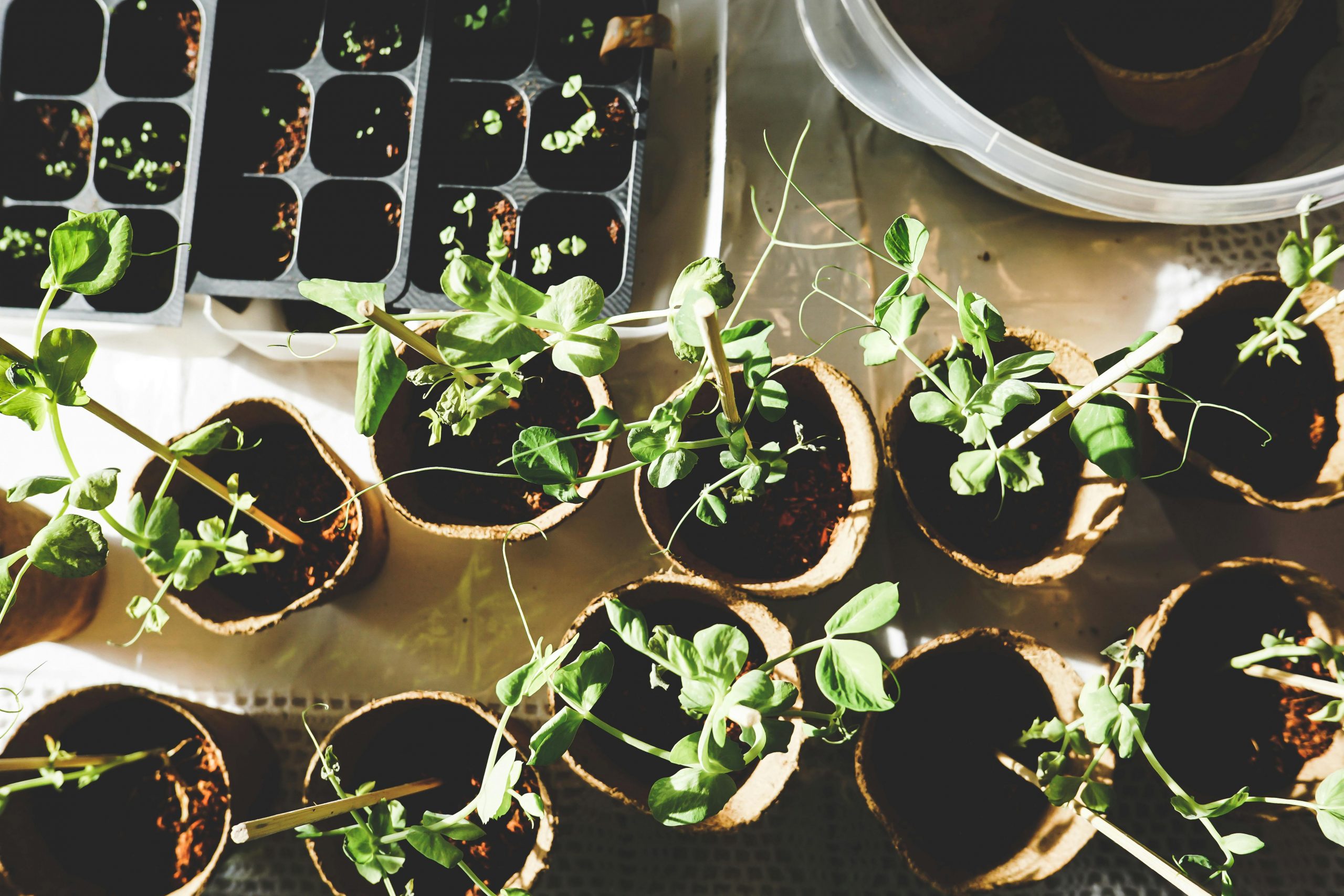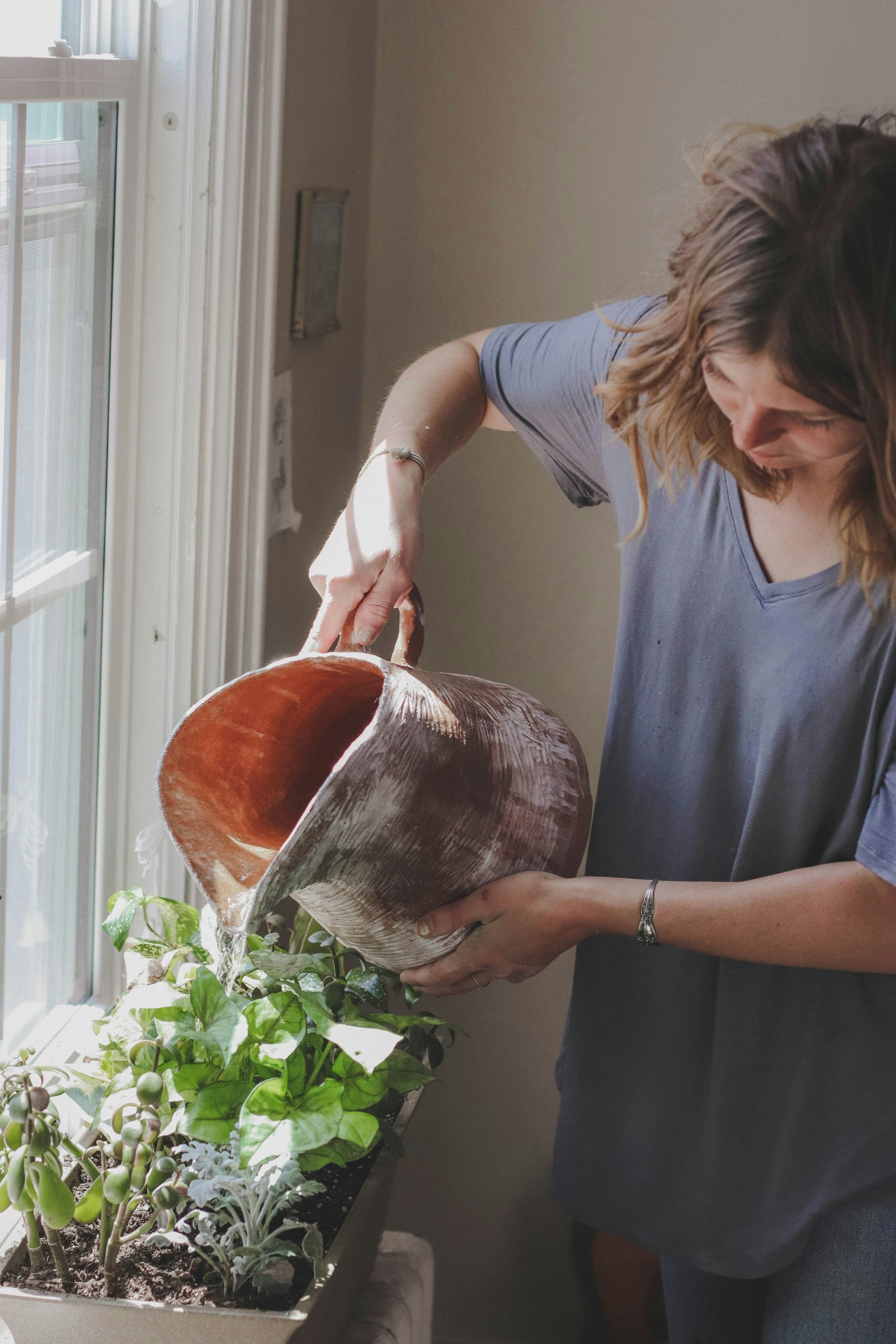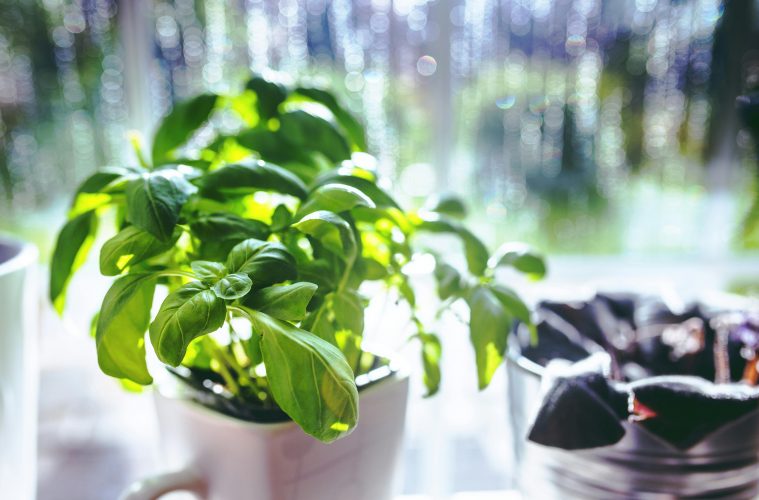If you relish cooking with fresh vegetables and herbs, an indoor garden is an excellent way to maintain a healthy and flavourful kitchen year-round. Whether you’re limited by outdoor space or the weather is less than ideal, you can transform your windowsill into a thriving mini-garden.
Typical indoor temperatures are conducive to growing a variety of vegetables and herbs, even during the winter months. The secret to a successful indoor garden lies in providing adequate light, ensuring you can grow fresh produce all year long.
Ideal vegetables and herbs for indoor growing
Certain vegetables and herbs are particularly well-suited for indoor cultivation. Leafy greens such as lettuce, spinach, microgreens, and kale thrive with moderate light levels akin to a part-shade/part-sun outdoor garden setting.
Cool-season herbs like cilantro and parsley also do well indoors. These compact plants are perfect for small-space gardening, especially on a sunny south- or east-facing windowsill. Consider starting your indoor garden with these plants:
- Lettuce
- Spinach
- Microgreens
- Kale
- Cilantro
- Parsley

Pexels
Steps to start your indoor garden
Step 1: Begin with transplants
Kickstart your indoor garden by purchasing transplants of leafy greens and herbs from your local garden center. Opt for varieties like loose-leaf lettuce, sorrel, arugula, spinach, kale, cilantro, and parsley. These plants usually come in 3- to 4-inch diameter pots, making them easy to handle and transplant.
Step 2: Pot up your plants
Transfer each plant into a 6- to 8-inch diameter container filled with a loose indoor potting mix. A larger pot allows the plants to develop a robust root system. Ensure your pots have drainage holes and place them on water-catching trays to avoid waterlogging. Water your plants until the soil is damp but not soggy.
Step 3: Ensure adequate light
Position your plants in a bright south-, east-, or west-facing window. If natural light is insufficient, consider using low-intensity grow lamps such as HO T5 fluorescent or LED lamps. These should be kept on for about 12 hours a day to simulate natural sunlight.
Step 4: Fertilise regularly
While leafy greens and herbs are not heavy feeders, they benefit from monthly feeding, especially with regular harvesting. Use an organic natural liquid fertiliser containing humus or seaweed to keep your plants healthy and productive.
Step 5: Harvest with care
If you start with transplants, you can begin harvesting a few leaves almost immediately. For those growing from seeds, follow the days-to-harvest guidelines on the seed packet. When harvesting, always cut leaves from the outer part of the plant, allowing the center to continue growing.
With continuous care, your indoor garden can produce fresh greens and herbs year-round. However, you might need to refresh your plants periodically to maintain their vigor.

Unsplash
Tips for a thriving indoor garden
Light is key: Ensure your plants receive enough light, whether from a bright window or artificial sources.
Water wisely: Keep the soil moist but not waterlogged. Overwatering can lead to root rot.
Regular maintenance: Check for pests and diseases regularly and address any issues promptly.
Rotate plants: Occasionally rotate your plants to ensure even growth and light exposure.
ALSO SEE: THE BEST COMPANION PLANTS FOR BELL PEPPERS
Image: Pexels

